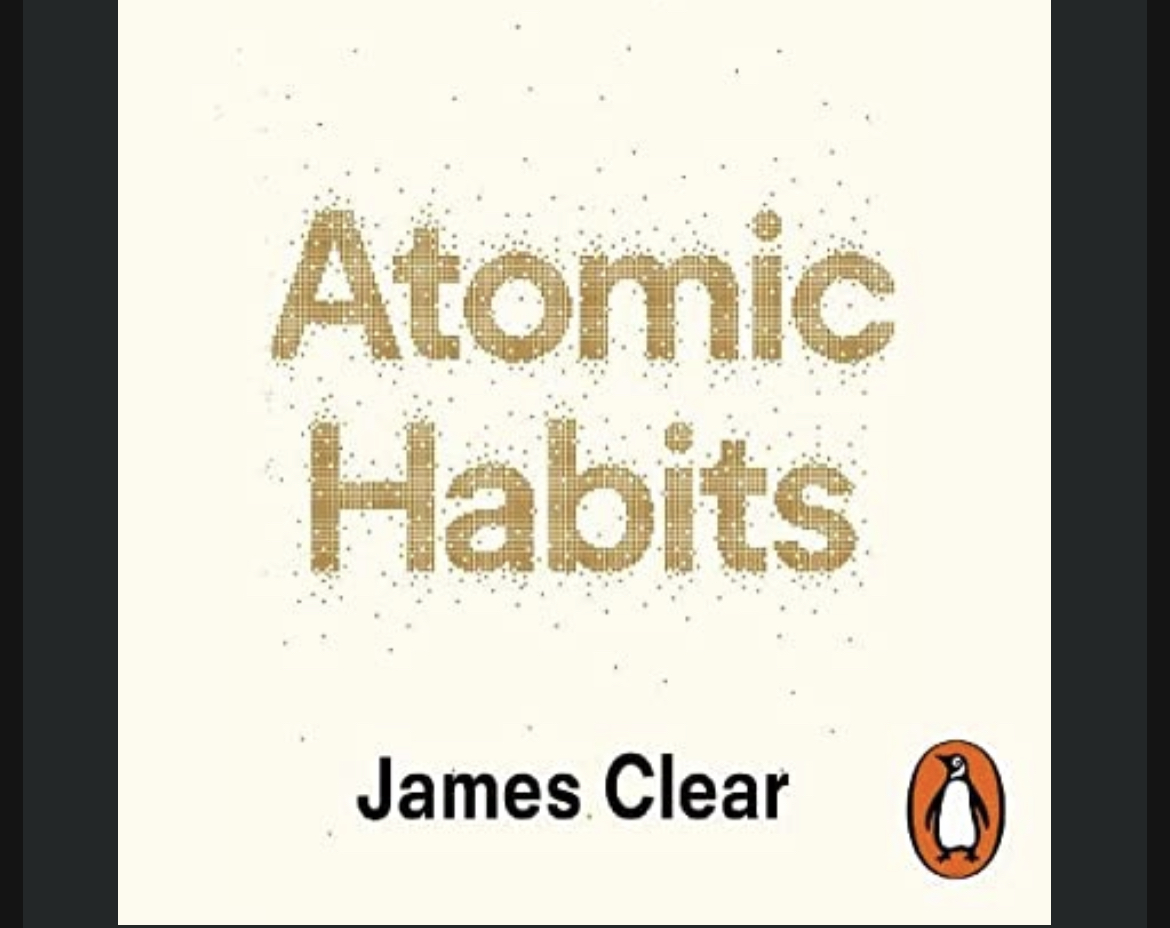Atomic Habits by James Clear is a book you can judge by the cover. It is about breaking habits down into tiny critical units and building them into your life.
The subtitle supports this with, ‘Tiny Changes, Remarkable Results.
The subtext then adds, ‘An easy and proven way to build good habits and break bad ones.’
That’s what I found this book did. Overall it was a really good read (or listen in my case), however, that’s not the point of this review. We at the Black Belt in Thinking are obsessed with the practical application of ideas, more than the ideas themselves. With that in mind, this book is a standout. James Clear has delivered a practical guide, with clear steps and instructions. These steps are supported by interesting stories of high-performance people.
This ‘review’ is my notes of the steps and my key takeaways from applying them to my life. The steps are grouped into four ‘laws’:
Law 1: Make it Obvious
Law 2: Make it attractive
Law 3: Make it easy
Law 4: Make it satisfying.
Law 1: Make it Obvious
This section introduces the idea that our biggest first step is to have an obvious trigger for us to do the habit. This resonated, as the Behavioural Psychology method we use in ViAGO is called ABC, standing for Antecedent Behaviour Consequence, the first of those, Antecedent, being a trigger.
The biggest thing I got from this is the concept of habit stacking, which was really worth the whole book, a really simple but really effective concept. I wont get into that here, as I have covered that in ‘My Biggest Takeaway’ at the end of this review. Where I go through the example habits I built.
The other key tip James Clear shares is how critical physical location is to triggering behaviour.
Law 2: Make it attractive
This law harks to simple Behavioural Psychology. If stuck on your own behaviours ask yourself what you would do to train a child or a dog? – Answer: Reward the right behaviour.
This boils down to enrolling others in your success (overtly or covertly). Either ask an accountability buddy to help you do the habit, or put yourself in a group of people where doing the habit will be naturally rewarding. When I was trying to increase my stretching, I did it at the gym after a class, so I had people to chat to who were also stretching.
Law 3: Make it easy
Three steps, three examples.
Design the environment to reduce friction: Put your running shoes/gym gear out the night before so you walk right into them in the morning.
Do *just* 2 Minutes: Just do one stretch for 2 minutes during an Ad break, you’ll likely keep going once you start.
Make it hard to do the wrong thing: Don’t buy junk food in the first place. Buy decaf coffee in the office.
Law 4: Make it satisfying
Back to core behavioural psychology, this time add an actual reward yourself or get others to actually reward you. I felt like the book went off the boil a little here. It was strange to be the last chapter that I thought might add a lot but felt more like here’s a last-ditch thing that most people probably know. Moreover, it felt a little like a repeat of Law 2: Make it Attractive.
Despite this comment, I got so much out of the first three I’m happy to give the author a pass here. As I mentioned earlier, my biggest takeaway was the ‘Habit Stacking’ method. If you only get this one thing from the book, I would confidently say it is worth your time to read (or listen).
Habit Stacking – and my Atomic Habit Experience:
Step One:
Identify existing habits and grade them as good/bad/neutral.
I like this step as I usually find an identification exercise useful. This is also what we built into the BBIT, because not seeing where to use a tool is often a big obstacle to using it.
I found many mundane habits in my own life, like the author suggested I would. In the mornings I turn off my alarm, get up, have a shower, make a coffee, drink it while browsing socials. Then my habit stack ends (I do non-habitual behaviours) and I leave for work a little later.
I have some work habits that are time-based with my teams; an 8:45 team meeting for up to 15 mins. Same again at 9:00 with another team. I start making lunch at 12, which takes about 15 mins.
Sometime in the morning, I will have a green tea and/or a coffee, these are fairly flexible.
Finally, I leave for the gym at the same time to hit the 4:30 class.
Once home, I often have a shower followed by dinner, sometimes the other way around. The last habit I notice is that I brush my teeth, have my vitamins and go to bed.
Step Two:
Look for habit stacking.
This is where a habit triggers the next habit; there were a few that stood out:
- My morning routine is very sequential so I could stick a new habit somewhere in there.
- The next was the timings at work with the short daily meetings, I could use these as another trigger.
- Finally the evening, this is hard because I want both, a shower and dinner, after the gym so no wriggle room there. Then I want to be a blob on the couch after that for a bit, so I don’t think this is a good spot for a new habit.
- However, I did notice an annoying stack, I brush my teeth then take vitamins before bed. I have recently been trying a new magnesium powder with some herbal sleeping benefits, which is flavoured. My old habit of vitamins after teeth prevails and makes the powder taste awful. A perfect example of a stack I need to change.
Step Three:
Add new habits to the habit stack
Habit: Reading ‘The Daily Stoic’
Stack: Stack it on the end of the morning routine, right after I make a coffee.
Works well to drink the coffee while reading the Daily Stoic.
Habit: Stretching daily
Stack: Stack it at the end of the gym class.
Interestingly I think this identifies why I’ve failed so far, as I mentioned above, there’s no good place to stack it once I get home.
To summarise Atomic Habits I would say it is about setting up routines or systems which help you to do the right thing by putting yourself in the right place at the right time.

